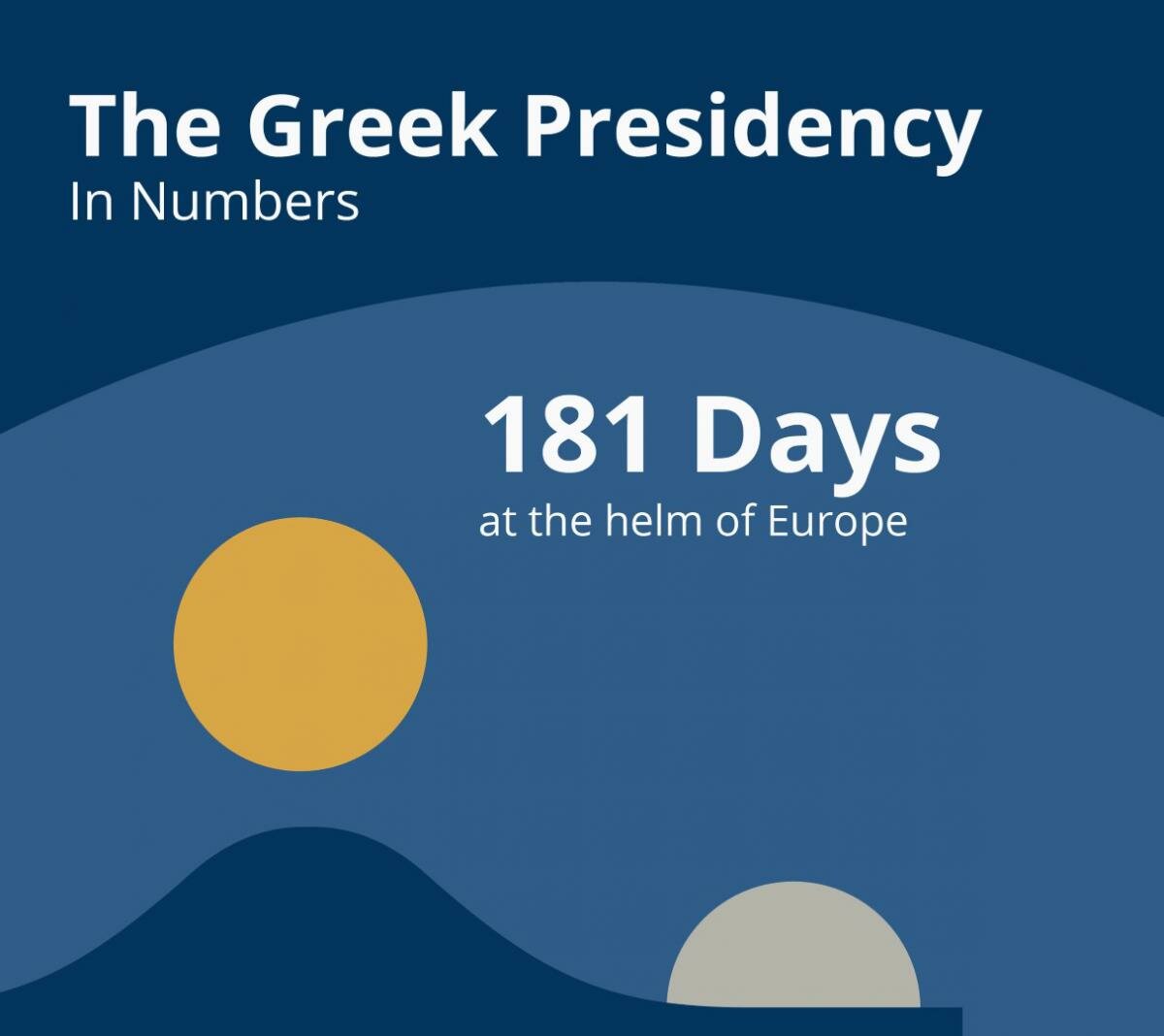- EPSCOEmployment, Social Policy, Health and Consumer Affairs Council (EPSCO)
EU-wide survey calls for concrete action to end violence against women
For many people, violence against women is an intolerable behaviour taking place behind closed doors, in troubled personal relationships between underprivileged people with poor education and limited opportunities to improve their lives. But such a claim could not be furthest from truth. Violence against women is a classless phenomenon that permeates all social strata and appears to be challenging various stereotypes we might be holding true.
The largest ever survey on violence against women by the European Union Agency for Fundamental Rights (FRA) dispels these common myths revealing the enormity and pervasiveness of the problem; a problem that can no longer be considered a “private business” but a hideous truth concerning the whole of European society.
The results of the survey were presented at the high level Conference “Violence against women across the EU: Abuse at home, work, in public and online” launched by the European Union Agency for Fundamental Rights (FRA) and the General Secretariat for Gender Equality of Greece, on 5 March 2014 in Brussels. The event was held under the auspices of the Greek Presidency of the Council of the European Union.
The survey was described, by the Secretary General for Gender Equality of Greece, Ms Vasso Kollia, in her opening speech, as “a groundbreaking work” which will be much discussed not only for its significant findings but also for its policy implications concerning Europe’s fight against gender-based violence. “We have to find the courage to acknowledge the painful conclusions of this pan-European survey and urgently take action, daring even to radically change established policy lines. Ultimately, success relies upon achieving broad social alliances, and first and foremost with men, our natural allies,” she remarked.
Over 42,000 women aged 18-74 from across the European Union responded to the survey questions about their experience of physical, sexual and psychological abuse, including domestic violence and even violence in childhood. Women were also asked about their experience of stalking, and sexual harassment, and the role played by new technologies in women’s experience of abuse. All respondents were selected randomly and the survey results are representative both at EU and national level.
The report reveals an extensive abuse of women at home, work, in public and online at the hands of partners, ex-partners, co-workers and strangers. One in three European women has experienced physical and/or sexual violence and abuse since the age of 15. That corresponds to 62 million women.
Other key findings in the survey show that:
• 22% of the respondents have experienced physical and/or sexual violence by a partner.
• 55% of women have experienced some form of sexual harassment. 32% of all victims of sexual harassment said the perpetrator was a boss, colleague or customer.
• 11% of women have experienced inappropriate advances on social websites or have been subjected to sexually explicit emails or text (SMS) messages.
• 20% of young women (18-29) have been victims of such cyber-harassment.
• 43% have experienced some form of psychological violence by either a current or a previous partner, such as public humiliation; forbidding a woman to leave the house or locking her up; forcing her to watch pornography; and threats of violence.
• 33% have childhood experiences of physical or sexual violence at the hands of an adult. 12% had childhood experiences of sexual violence, of which half were from men they did not know.
• 5% of all women have been raped.
Another striking finding was that 67% of the respondents did not report the most serious incident of partner violence to the police or any other organisation.
For the first time, policy makers have in their hands comparable EU-level data concerning the issue of violence against women. This survey paves the way for comprehensive assessment and review of existing policies in the field, and for evidence-based planning of informed and better targeted policices and measures to combat violence against women and girls.
More information on the survey here








